The Asus MG279Q ships with a range of cables and accessories. Asus includes an HDMI and DisplayPort cable, a USB uplink cable and a power cable.
You also get a setup guide, software CD and warranty information. An included red cable management accessory has to be attached to the rear of the stand manually.
The stand comes connected to the display panel out of the box. The base needs to be attached manually.
The stand easily slots into the base, and then is easily secured by tightening a small screw underneath it.
Asus allows the MG279Q to be rotated on the spot using a circular section at the bottom.
Removing the stand is straightforward, used if you want to connect the MG279Q to an external monitor arm via its 100mm VESA mounting holes.
This is by undoing a small black lock on the lower edge of the display panel.
The panel can be swiveled round into portrait mode.
And tilted between -5 and 20 degrees. The MG279Q can also be raised and lowered.
There’s a good range of digital video inputs located underneath. There are two HDMI 1.4 ports supporting MHL connections from Android devices, a full-sized DisplayPort 1.2 connector and a MiniDP connector. The MG279Q notably lacks support for HDMI 2.0.
Each input is clearly labelled, which is handy for any user who isn’t up to date with exactly what each connector looks like.
To the left you can see a pair of fast charging USB 3.0 inputs, along with an uplink connector, and a 3.5mm audio output jack to the right, used to send audio from any connected devices to an external sound system or headphones, bypassing the internal 2w speakers.
Finally on the left of the panel is the IEC power connector, and at the lower right-hand section of the panel is a Kensington lock.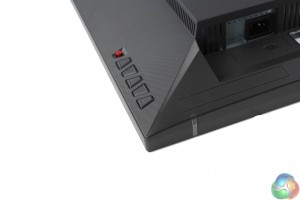
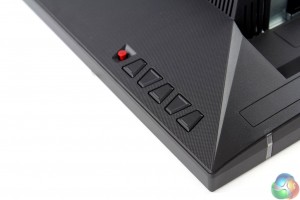
On the right-hand side of the display are five chunky buttons along with a red joystick for moving through menus and adjusting settings in the on-screen display.
Having a joystick is a highly useful addition since the OSD is chock full of settings to adjust the picture and the gaming performance of the MG279Q.
 KitGuru KitGuru.net – Tech News | Hardware News | Hardware Reviews | IOS | Mobile | Gaming | Graphics Cards
KitGuru KitGuru.net – Tech News | Hardware News | Hardware Reviews | IOS | Mobile | Gaming | Graphics Cards


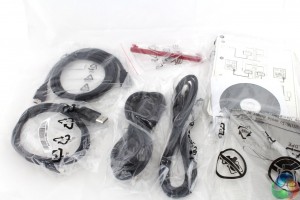
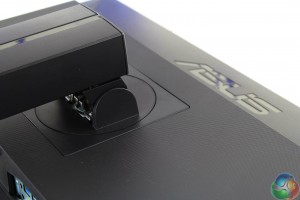
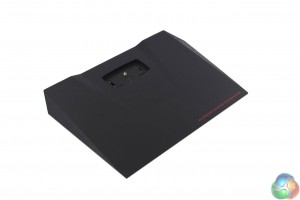
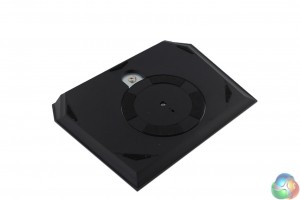
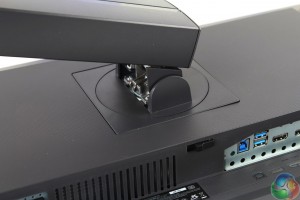
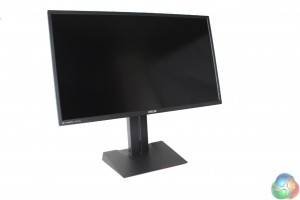
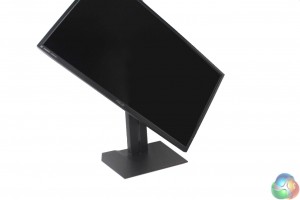
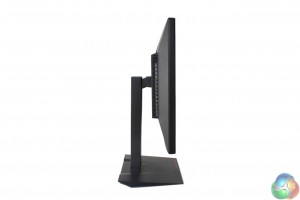
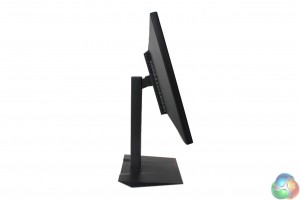
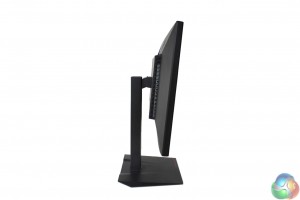
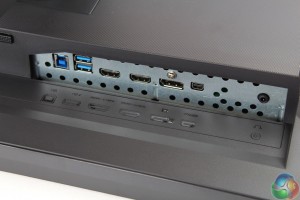
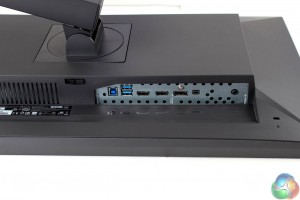
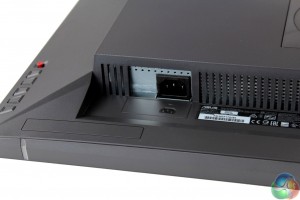
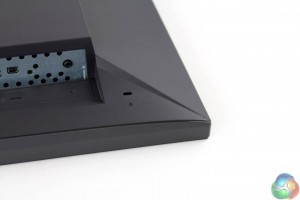

I have this monitor myself. Generally, at very high refresh rates G-Sync, Free-Sync etc. make less of a difference, in fact, at 144hz it’s almost impossible to notice a difference anymore. Running at 144hz and no sync, you won’t notice any tearing. At 144hz with V-Sync, you won’t notice any additional input lag or stuttering.
Can you dudes review U24E590D from Samsung ?
Wow, an 4K OLED 144Hz Freesync display would be nice indeed. Can’t wait for those monitors.
Your first choice kitguru
….All time hit the kitguru Find Here
“an IPS panel for great luminance and viewing angles, but with an ultra-low refresh rate”
um don’t you mean response time?
I like me kitguru………… ———Keep Reading
Too bad most display technology R&D is focused on mobile devices, SLCD and AMOLED is nonexistent in the consumer monitor world.
No offense, but you should not be reviewing adaptive sync monitors. Nothing in this “review” differs from fixed refresh monitor reviews.
Is it possible to enable freesync on this MG279Q when you select 1:1 aspect ratio?